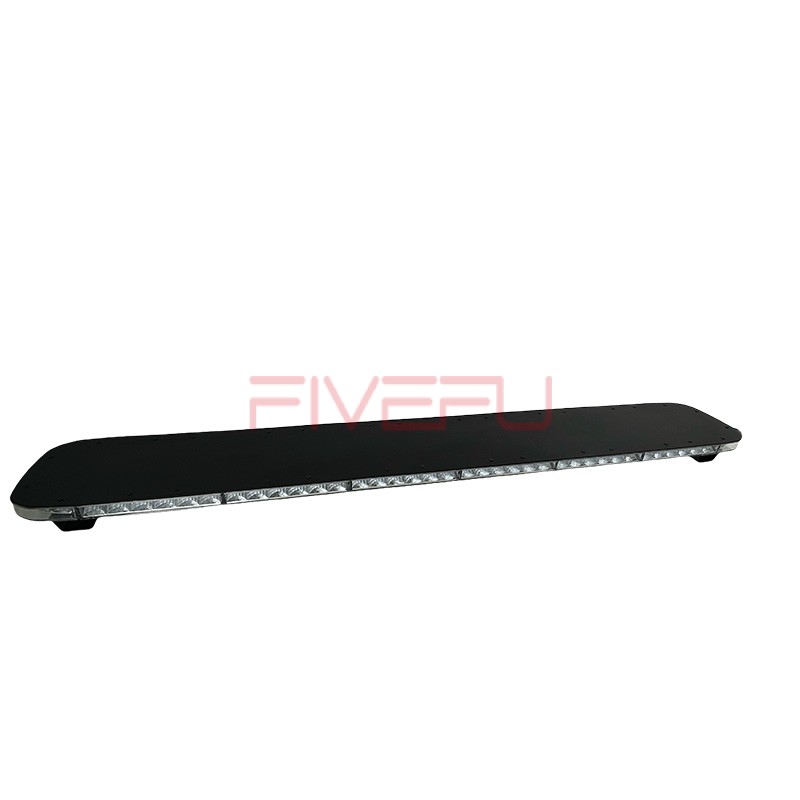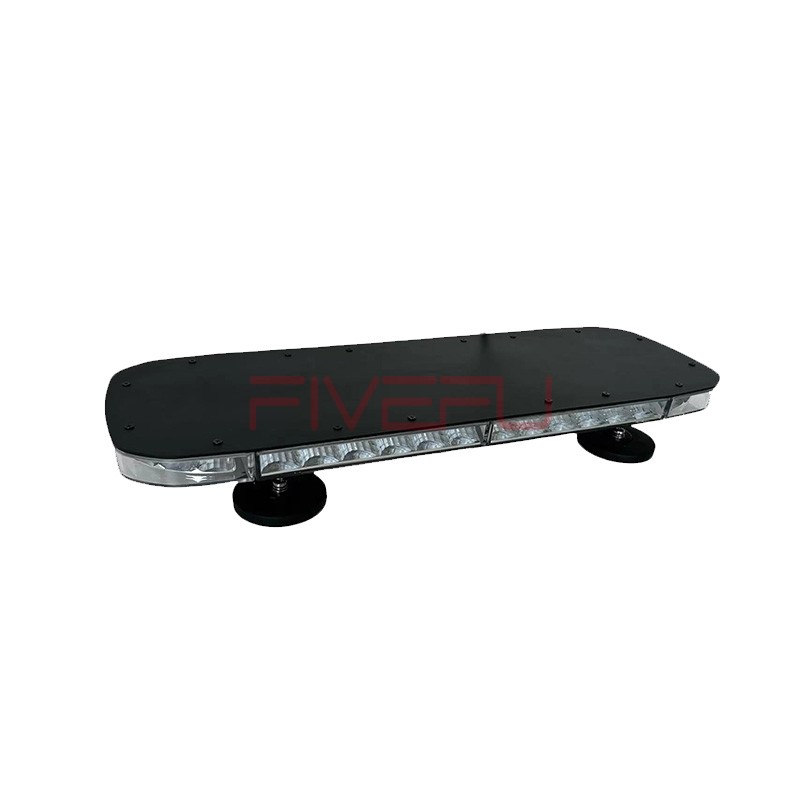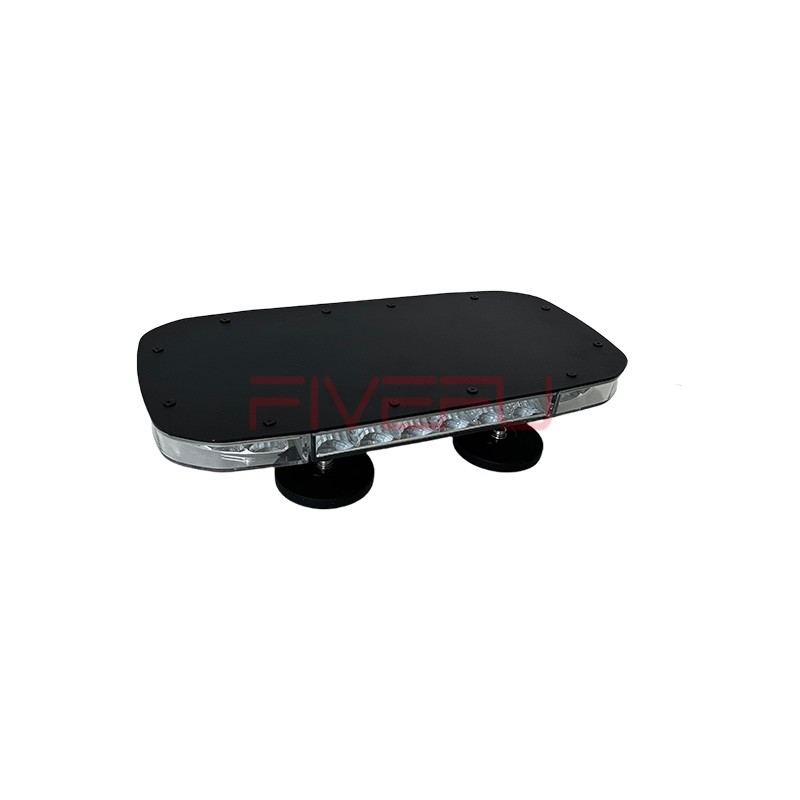Improper voltage can damage LED lights, causing flickering, reduced lifespan, or even complete failure. This leads to additional costs and inconvenience. The best solution is to understand the voltage requirements and ensure proper power supply for optimal LED performance.
LED lights typically operate at low voltages, commonly 12V or 24V for strip lights, while standard household LEDs use 110V or 220V depending on regional power standards.
Want to ensure your LED lights function correctly and last longer? Keep reading for an in-depth guide on LED voltage requirements.
Understanding LED Voltage
LED lights require specific voltage levels to function efficiently. Unlike traditional incandescent bulbs, LEDs operate on direct current (DC) power and need regulated voltage to prevent damage.
Common LED Voltages
1. Household LED Bulbs
Standard LED bulbs designed for homes typically run on 110V or 220V AC, depending on the country. They include built-in drivers to convert AC to DC power.
2. Low Voltage LED Lights
Many LED applications use low voltage for safety and efficiency:
- 12V LED lights– Common in automotive, landscape lighting, and LED strips.
- 24V LED lights– Used for commercial applications requiring longer cable runs.
3. High Voltage LED Lights
Industrial and street LED lights often use 277V or higher, requiring specific drivers and electrical configurations.
Choosing the Right LED Power Supply
1. Constant Voltage vs. Constant Current Drivers
- Constant Voltage– Used for strip lights and bulbs requiring a fixed voltage (e.g., 12V, 24V).
- Constant Current– Used for specialized LEDs needing controlled amperage.
2. Selecting the Right Wattage
Ensure the power supply provides enough wattage to handle the total LED load.
Conclusion
Understanding LED voltage ensures efficient performance, safety, and longevity for your lighting setup.










